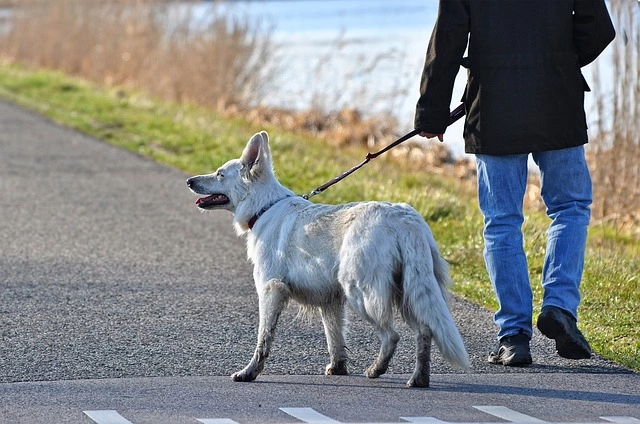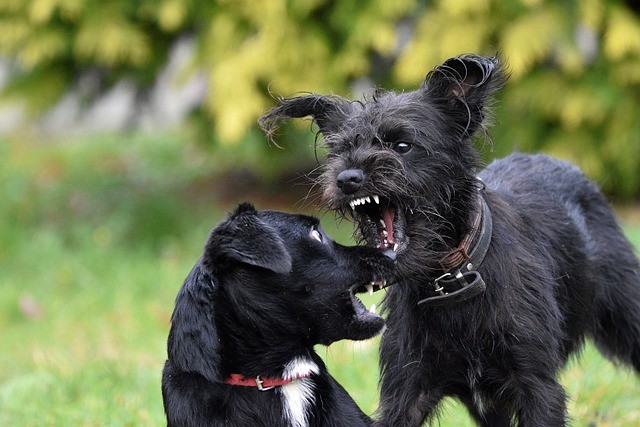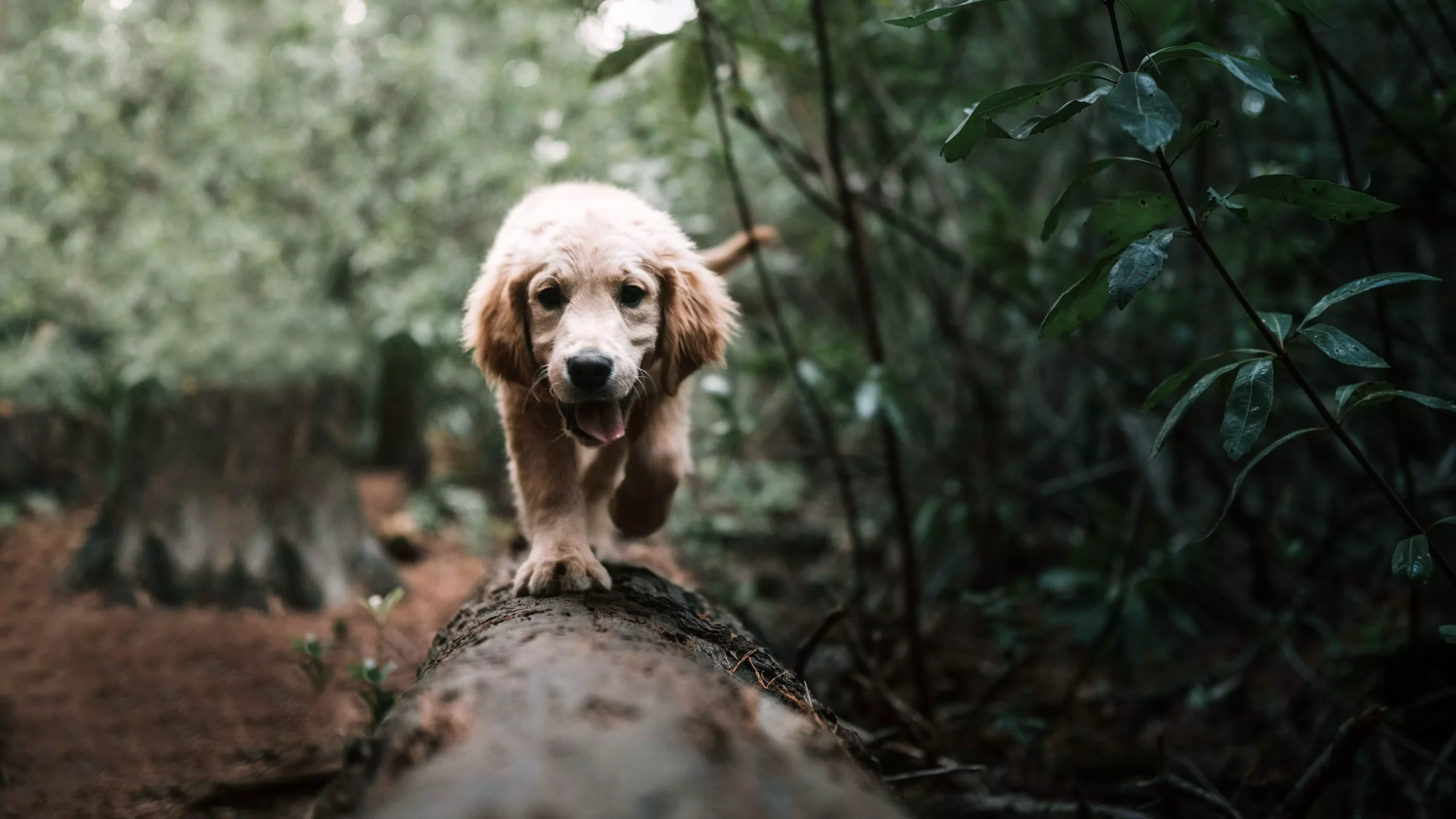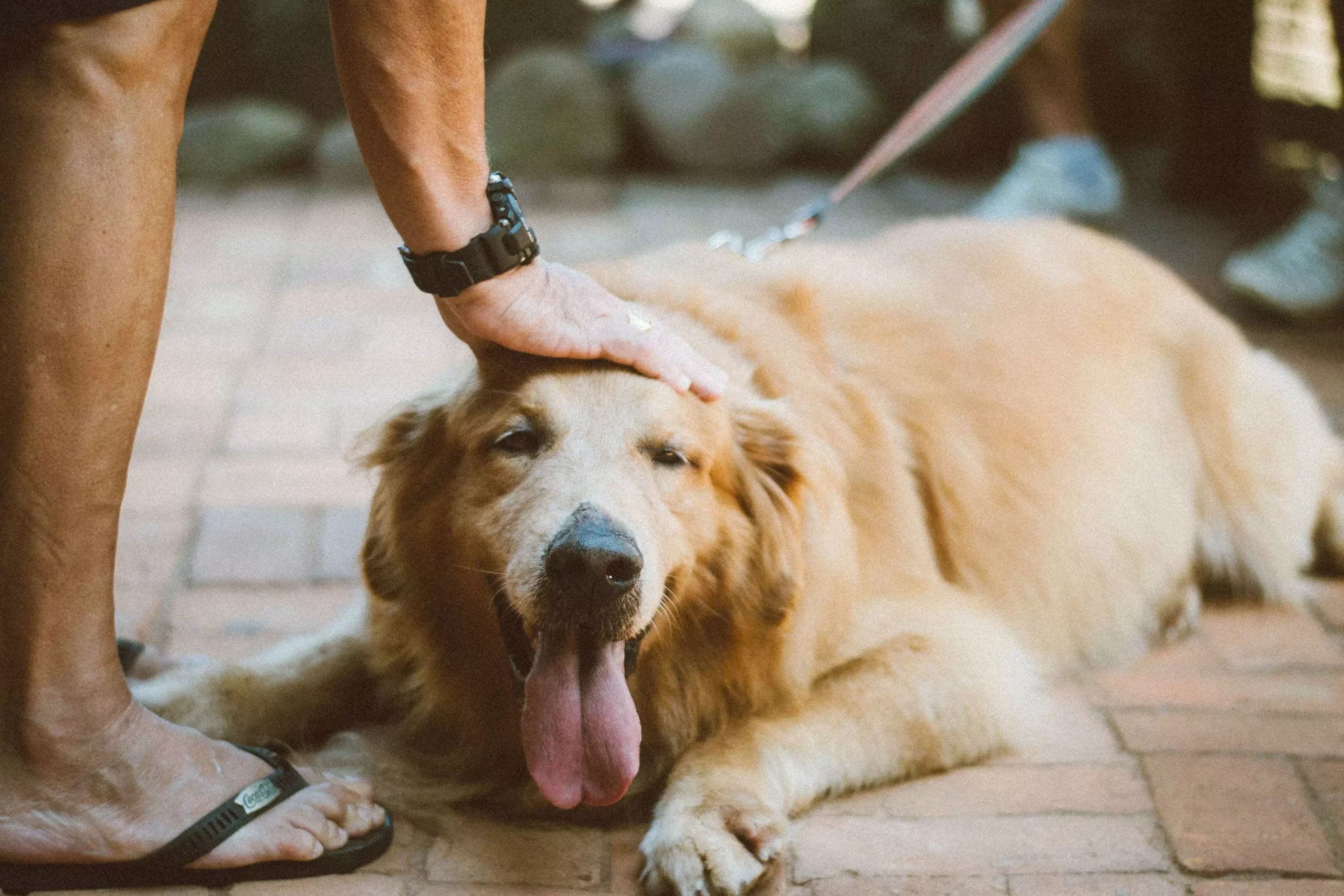Introduction
Walking your dog can be a delightful experience, but it can quickly turn into a challenge when your furry friend gets easily distracted by every passing squirrel, person, or noise. However, with proper training and guidance, you can teach your dog to walk past distractions calmly, allowing for more enjoyable and stress-free walks. In this article, we will provide you with valuable insights and effective techniques to help you achieve this goal.
Understanding the Importance of Training
It is important for dogs to walk past distractions calmly for several reasons. Firstly, a dog’s behavior can impact your walking experience. If your dog constantly pulls on the leash or lunges towards distractions, it can make walks unpleasant and even dangerous. Additionally, training your dog to ignore distractions during walks has numerous benefits, such as improved focus and obedience, increased safety, and enhanced bond between you and your pet.
Preparing for Training
Before starting the training process, it is essential to use positive reinforcement techniques. This means rewarding your dog for good behavior rather than punishing them for unwanted behavior. Positive reinforcement encourages your dog to repeat desired actions and helps create a positive association with walking past distractions. Setting realistic goals and expectations is also important, as every dog learns at their own pace. Lastly, selecting appropriate training tools and equipment, such as a comfortable leash and harness, can greatly assist in the training process.
Training Techniques
1. Focus and Attention Training: Teaching your dog to focus on you during walks is a crucial skill for walking past distractions calmly. This can be achieved by engaging your dog’s attention through eye contact and verbal cues, and incorporating rewards and praise for maintaining focus.
2. Desensitization and Counterconditioning: Gradually exposing your dog to distractions in a controlled environment is key to desensitizing them. Pairing distractions with positive experiences and rewards helps create a positive association, gradually reducing your dog’s reactivity. As your dog progresses, increase the difficulty level by introducing more challenging distractions.
3. Leash Training and Loose Leash Walking: Proper leash handling techniques and teaching your dog to walk calmly on a loose leash are essential for walking past distractions. Techniques such as stopping and changing direction when your dog pulls and rewarding them for walking beside you can help prevent leash pulling and lunging.
4. Leave It Command: Teaching your dog to ignore specific distractions on command is a valuable skill. A step-by-step guide to training the “leave it” command can help you effectively redirect your dog’s attention away from distractions during walks.
FAQs: Frequently Asked Questions
1. How long does it usually take to train a dog to walk past distractions calmly? The training duration can vary depending on various factors, such as the dog’s breed, age, previous training, and temperament. On average, you can expect to see progress within a few weeks, but consistency and patience are key.
2. Can any dog be trained to walk calmly past distractions? While most dogs can be trained to walk calmly past distractions, some factors may affect a dog’s trainability, such as their age, health, and previous experiences. Certain breeds may also have specific characteristics that require tailored training approaches.
3. What if my dog’s distraction is too overwhelming? For highly reactive dogs, gradual desensitization techniques can be used to help them become more comfortable with distractions. It is important to start with less intense distractions and gradually increase the difficulty level. If you are struggling, seeking professional assistance from a dog trainer or behaviorist is recommended.
4. Should I use punishment-based training methods to discourage distractions? Punishment-based training methods can have negative consequences, such as fear and anxiety in dogs. Positive reinforcement, on the other hand, encourages desired behavior and strengthens the bond between you and your pet. It is always best to focus on rewarding good behavior rather than punishing unwanted behavior.
5. Can I train my dog to walk past distractions if they have a history of aggression or fear? Dogs with a history of aggression or fear may require special considerations and tailored training techniques. Seeking professional guidance from a dog trainer or behaviorist who specializes in working with dogs with behavioral issues is highly recommended.
Conclusion
Training your dog to walk past distractions calmly requires patience, consistency, and positive reinforcement. By implementing the techniques outlined in this article and with a deep understanding of your dog’s behavior, you can transform your walks into enjoyable bonding experiences. Remember, every dog is unique, so tailor your training methods accordingly. Happy walking!









